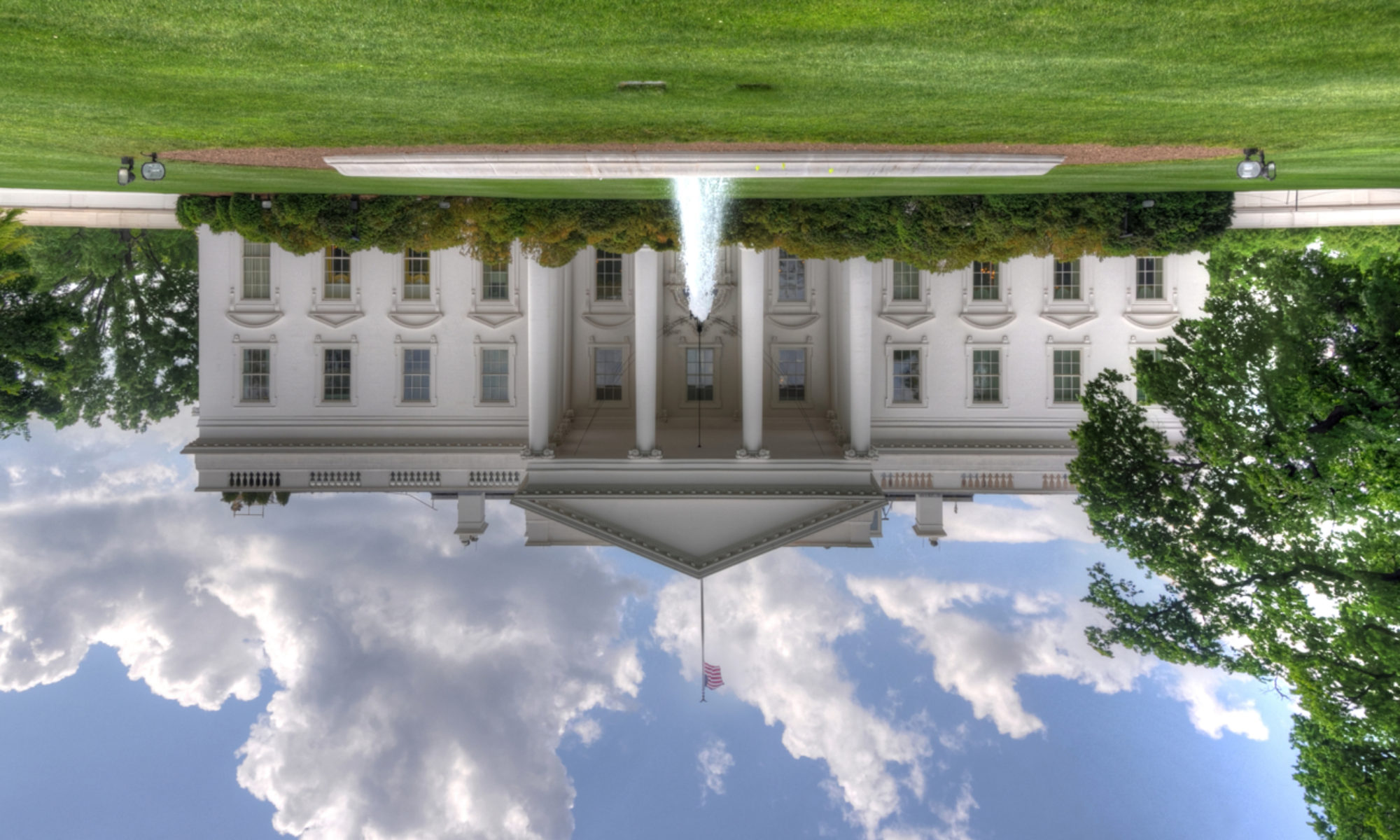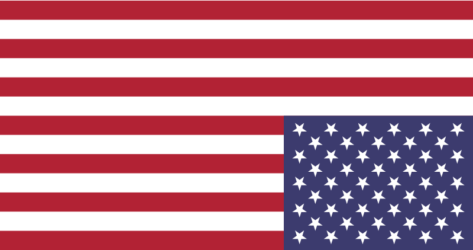With less than two weeks until the 2020 presidential election is over, Donald Trump doesn’t have a clear strategy for increasing his chances of re-election during this home stretch, unless he counts recklessness as a strategy. It seems that the lower his prospects, the more reckless his non-strategy becomes.
As Trump goes from rally to rally, in person before large crowds of maskless, cheering supporters, his Democratic opponent, Joe Biden, has been observing public health social distancing and mask-wearing guidelines, conducting drive-in rallies. Trump, meanwhile, like the middle school bully, makes fun of Joe Biden for wearing a mask, and frames Biden’s drive-in rallies as “failures.”
Americans have made known that their chief concern right now is the coronavirus pandemic. They have also indicated that they haven’t been impressed with the way Trump has managed the pandemic, or the way he has continued to downplay the virus, even after he himself contracted it.
Nevertheless, Trump keeps the gaslight fueled by claiming, over and over, that no one has done a better job of containing the virus than he. Trump continues to scoff at those who follow public health guidelines, and tries to discredit the public health experts who promote them, including Dr. Anthony Fauci, director of the National Institute of Allergy and Infectious Diseases, and prominent member of the phantom White House Coronavirus Task Force, whom many Americans have said they trust more than they trust Donald Trump. They are a reminder of Trump’s miserable failure at managing the spread of the coronavirus, which rages on, and has now taken more than 221,000 American lives.
Trump prefers to try to create an alternate reality in which he has not only successfully conquered the coronavirus (which is “rounding the corner” and on its way out of town), but he has also has more for Black people than any other president besides Abe Lincoln; everything he touches turns to the finest gold imaginable; and he’s been victimized by everyone, including the media, Dr. Anthony Fauci, Democratic governors, the Debate Commission (and the debate moderators), and all of the people and organizations he can include as part of a generic “they.”
The only place where Trump’s alternate reality plays well, however, is at his rallies, where he can stand before thousands of MAGA hat-wearing supporters who are willing to give their lives to COVID-19 as they shout, cat call, and howl their agreement and adulation at whatever Donald Trump says. If Donald Trump has any re-election strategy at all, it’s one of bullying, obstruction, denial, and voicing of grievances, which his base appears to enthusiastically identify and empathize with.
“His fragile ego compels him to attack those who expose his failures and bask in the adoration of those who don’t see them,” tweeted CNN’s John Harwood on October 21.
Trump already has the commitment of his base, though, and what he needs is to garner support beyond his base in order to increase his chances at re-election. Many voters outside his base are turned off by Trump’s constant hostile rhetoric. They are disgusted byTrump’s unwillingness to distance himself from white supremacists and other hate groups, and from the absurd and unfounded QAnon conspiracy theories. They are appalled by his lack of regard for truth and integrity. They have taken note of the many prominent Americans, including high-ranking military officers and National Security officials, who have warned of the threat to democracy that Trump’s presidency has been. They are alarmed at his frequent erratic and angry tweets. And yes, most of all, they are filled with fear, worry, and pain at the way he has mismanaged the coronavirus pandemic, and at his unwillingness to accept any responsibility for it.
Trump’s campaign messaging has been less “what I can do for you,” and more “what ‘they’ have done to me.”
Though he has always lashed out at those whom he has seen as a threat, Trump has shown an increased inability of late to control his attacks. According to a CNN report, in the past few days, Trump has publicly lashed out at 60 Minutes host Leslie Stahl, Dr. Anthony Fauci and science, Hillary Clinton, CNN, and even toilets and showers (not enough water pressure, which threatens Trump’s hairdo).
Donald Trump has demonstrated that what is most important to him is not to govern the country for four more years, but simply to win. He likes to sit behind the Resolute Desk, playing president, signing things, and reminding people how he beat “Hillary” in 2016, but when he has really needed to do the job of governing, he has not risen to the task.
Ordinarily, a weak and ineffectual president might be surrounded by competent cabinet members and expert career officials who would advise him, or at least prop him up, protect the country’s security and relationships with its allies, and head off most of the potential damage. But Trump is threatened by anyone who appears to have more credibility, expertise, or popularity than he does. Many of those competent cabinet members and expert career officials have left or been fired for disagreeing with Trump, or for causing him to feel inferior or threatened in some way. Of those who remain to advise him and protect the country from his impulsivity and corruption, as well as protect him from himself, many aren’t able or willing to rise to the task, either.
When Donald Trump stands before his supporters at a rally, however, Trump is the revered Leader. He is the alpha male, and the savior who “alone, can fix it.” He is worthy of military parades. People proclaim their willingness to wield combat weapons, take to the streets against peaceful protesters, and intimidate voters for Trump’s sake— for the sake of a leader who has no idea what he’s doing as the leader of the free world, and who would easily lead his armies off a cliff.
He has done nothing during his presidency to unite the country, broaden his base of supporters by softening his rhetoric, or show genuine empathy for Americans who are in pain. His only interest has been to seek validation by surrounding himself with those willing to nourish his ego and by vaporizing those who threaten it. Donald Trump’s campaign strategy is not so much a strategy as a pathology.
Trump Vs Biden: Candidates Adopt Polar Opposite Campaign Strategy in Battleground States | ODN On Demand News [2020-10-19]
Trump Attacks Fauci On Call With Campaign Staff | NBC Nightly News
[2020-10-19]

